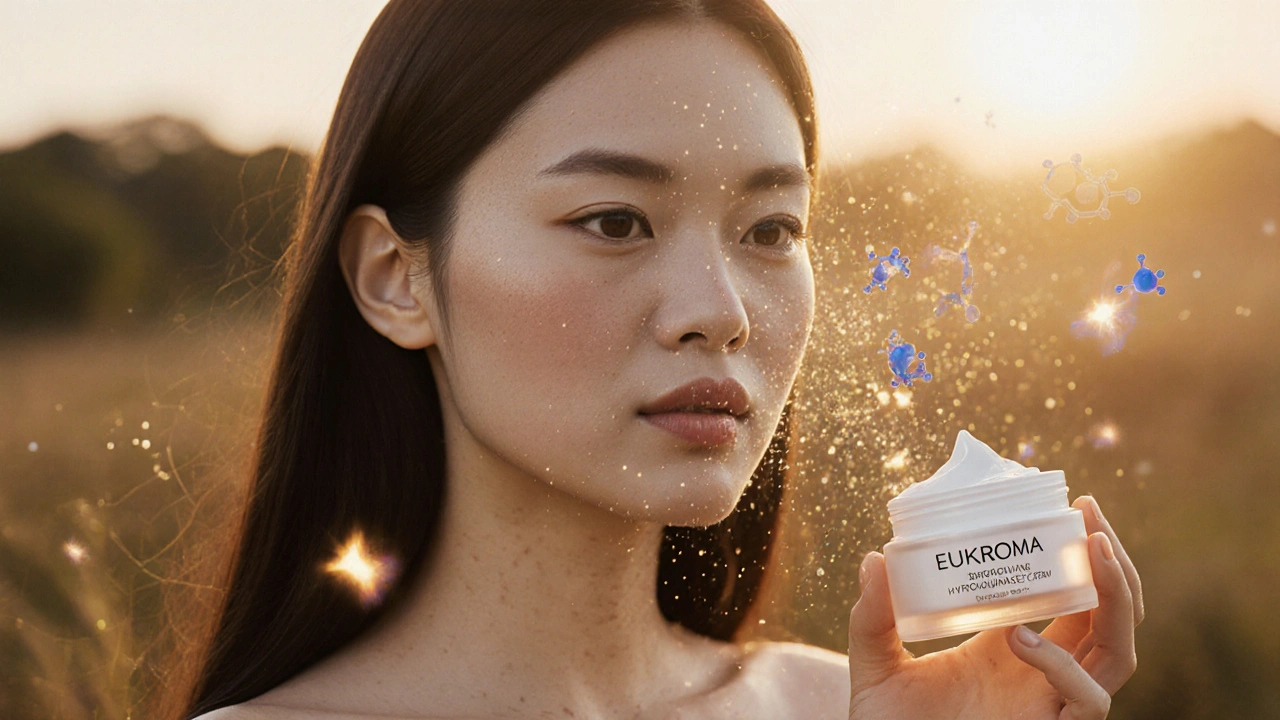When you're dealing with skin lightening cream, a topical product designed to reduce dark spots, melasma, or uneven skin tone by inhibiting melanin production. Also known as skin brightening cream, it's one of the most searched skincare solutions—but also one of the most misunderstood. Many people turn to these creams hoping for faster results than natural fading offers, but not every product delivers what it promises—and some can actually damage your skin.
The real players in this space are ingredients like hydroquinone, a clinically proven melanin inhibitor used in prescription and OTC formulas to treat hyperpigmentation, and kojic acid, a natural compound derived from fungi that helps fade sun spots and post-acne marks. But you’ll also find a lot of risky shortcuts: mercury, steroids, and unregulated bleaching agents that may work fast but leave scars, thinning skin, or even long-term health risks. The FDA has warned about illegal skin lighteners containing mercury—some even show up in popular online stores. If a cream promises dramatic results in days, it’s probably not safe.
What works slowly and safely? Sunscreen. Without daily SPF, no cream will hold its effect. Vitamin C, niacinamide, and azelaic acid are also backed by science for brightening without irritation. And while some people use natural oils or lemon juice, those can cause burns or make pigmentation worse. Your skin isn’t a canvas to bleach—it’s a living barrier that needs care, not chemicals.
People with darker skin tones are especially vulnerable to post-inflammatory hyperpigmentation after acne, cuts, or burns. That’s where targeted treatments matter. But you don’t need a miracle cream—just the right ingredients, patience, and consistency. Some of the posts below break down exactly which products contain safe levels of active ingredients, which ones are scams, and how to spot red flags before you buy. You’ll also find real comparisons between prescription options and OTC alternatives, plus tips for managing side effects like redness or peeling. Whether you’re trying to fade dark spots from acne, sun damage, or hormonal changes, the goal isn’t to change your skin color—it’s to even it out, safely and sustainably.
